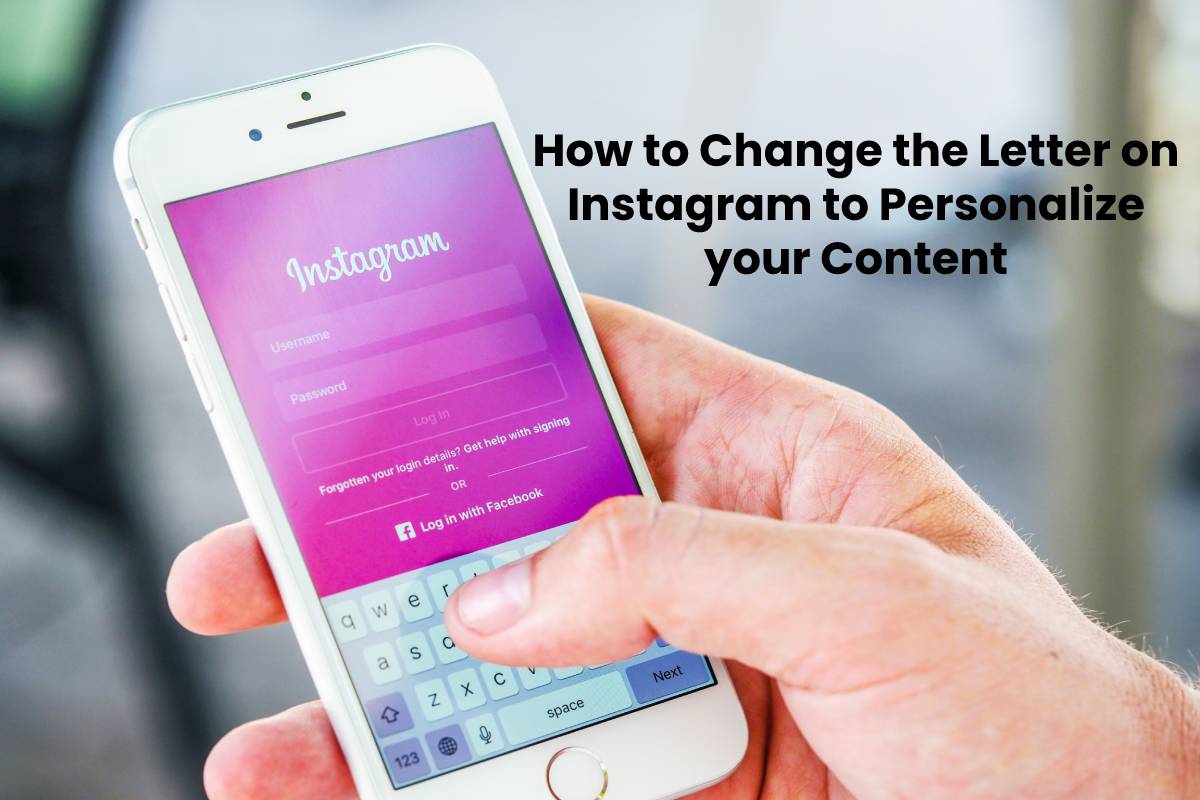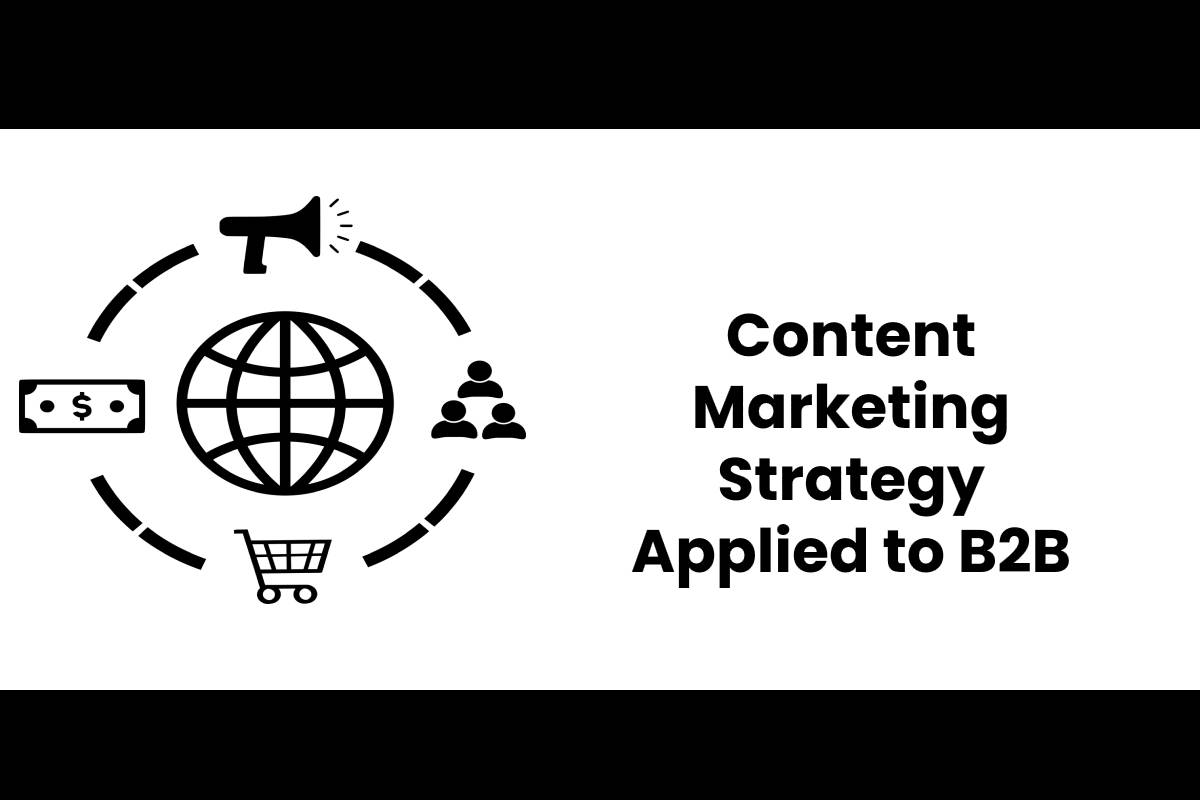The cryptocurrency economy has made tremendous strides in the past decade, and we suspect much more innovations to occur at a fast pace in the years to come, as seen by its soaring estimates for the years ahead.
According to the capital markets company, the cryptocurrency market represents a continuation of the trend toward more automation and digitalization within the global economy, as well as enhanced productivity and efficiency. In addition to that, the tipping point has now been achieved.
JMP analysts Devin Ryan and Brian McKenna stated in a note that was issued on Monday that they believe blockchain technology and the crypto economy might represent the greatest breakthrough of our generation. They also likened the blockchain technology to the internet and other “hyper networks,” and they predicted that it could link the equivalent of all of the major independent networks that are now available, such as Facebook, Amazon, and Google.
As the pace of institutional adoption for the digital asset with the greatest market capitalization in the world grows, they indicated that bitcoin is the undeniable “winner” in this network. The permanence, fungibility, and restricted quantity of bitcoin are among the most important factors, according to the strategists.
However, they pointed out that, aside from bitcoin, other assets like ether have uses in areas such as smart contract platforms, which they claim would enable an extended universe of decentralized apps and other future technologies.
They continued by saying, “While we do not expect adoption or utilization to move in a linear path, we believe the crypto economy has hit a ‘escape velocity’ that makes it difficult to imagine a scenario where its progression does not continue from here.”
Meanwhile, Ryan and McKenna predict that the number of cryptocurrencies will continue to expand, while many will fail to survive.
Future Trends in Crypto Innovation
Researchers anticipate a meteoric rise in the number of tokens in circulation, from the current total of over 10,000 to a number that might reach millions. Nonetheless, only a tiny proportion will have a solid future.
Even while some people believe that digital assets still have a long way to go, the strategists pointed out several areas in which the cryptocurrency ecosystem is actually ahead of the game. For instance, when it comes to the flow of money, traditional banks lag behind the speedy, anonymous, and inexpensive transactions that are available around the clock that cryptocurrencies are famous for. The rise of automated trading software like Bitcoin Anleger have also lowered the barriers to entry, for inexperienced traders, which were quite high before.
Overall, the rise of the cryptocurrency market has been positive, and JMP predicts that the industry will have a “significant runway for future expansion.” They believe that around 150 million individuals throughout the world have some kind of exposure to cryptocurrency, but they anticipate that number to grow into the billions, given that 6 billion people have access to mobile devices.
JMP anticipates that as the world gets increasingly digital, it will also become more decentralized.
Cryptocurrencies to Look Out for In 2022
When looking into the future of the industry, it might be difficult to identify the specific cryptocurrencies that will see explosive development and take off. We may make speculations based on transactions and historical trends, but in the end, I believe investors should focus more on sectors than on particular cryptocurrencies. According to Brett Hope Robertson, Head of Investments at the cryptocurrency startup Revix, “You need to determine whether the problem these sectors are solving produces value.”
By doing things this way, it is much simpler to determine which aspects are of the utmost importance in terms of resolving a problem and helping a market to become more efficient. It prioritizes the usage of functional applications over investments in short-term fads and enables the market to build around initiatives that are centered on the use of the technology. For instance, this Bitcoin Prime Review gives us a glimpse into the type of software that is already fast-tracking crypto investments, especially among new users. On the basis of this, the areas of business that will attract attention this year are:
- Games and Metaverse tokens are examples of decentralized finance (DeFi), as are platforms and businesses in that field.
- Web3.0- the new wave of internet services for websites and apps that uses machine-based data comprehension to deliver a data-driven and Semantic Web.
The conflict over smart contracts
The fight over smart contracts is becoming more exciting and is definitely worth keeping an eye on. Ethereum’s value has increased by more than 75% in the past year, and the cryptocurrency is aiming to upgrade its architecture. As the mechanism is upgraded, the network will see greater transaction speeds as well as a reduction in the costs associated with those speeds. The much-anticipated enhancements will almost certainly bring Ethereum a new wave of greater attention, which has been much-anticipated. At the same time, other smart contract protocols like Solana, which experienced a massive increase of +2,311% over the course of the year, are highlighting how valuable these blockchains can be from both a functional point of view as well as an investment opportunity. Solana is an example of a smart contract protocol that has grown a lot, which is why this is the case.








